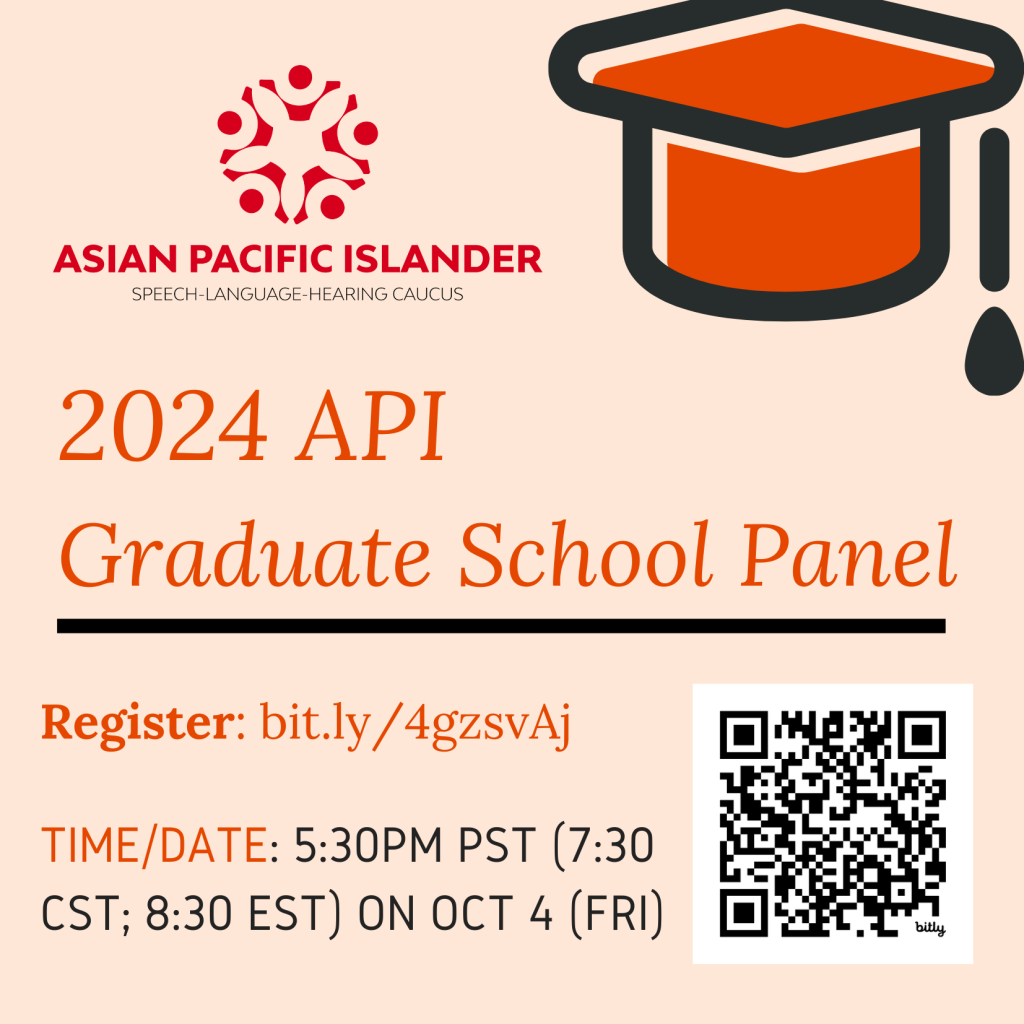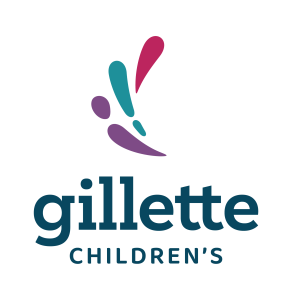 Francis Marion University’s Master of Speech-Language Pathology program, in the School of Health Sciences (SHS), invites applications for a 12-month, tenure-track position at the rank of Assistant Professor.
Francis Marion University’s Master of Speech-Language Pathology program, in the School of Health Sciences (SHS), invites applications for a 12-month, tenure-track position at the rank of Assistant Professor.
Required Qualifications:
- Doctoral degree (Ph.D. or similar terminal degree) in Communication Sciences and Disorders or relevant field.
- ASHA Certificate of Clinical Competence in Speech-Language Pathology and teaching/mentoring experience in one of the preferred content areas specified below.
Preferred Qualifications:
- Expertise in one or more of the following content areas: child language acquisition/disorders, research methods, voice disorders, and/or craniofacial anomalies.
- Demonstrated, or potential to develop excellence in teaching, if at the assistant professor level.
- Current speech-language pathology license in South Carolina or eligibility for licensure in the state.
- Record of scholarly work, including research with the potential for extramural funding consistent with the beginning assistant or associate professor’s level.
- Ability to instruct students to effectively deliver services to individuals in a culturally and linguistically diverse world.
- Experience with or willingness to learn to implement competency-based education.
- Experience with or willingness to teach from an interprofessional collaborative practice perspective focusing on patient and family centeredness, community-oriented care, and outcome driven service delivery.
Responsibilities:
- Teaching pre-requisite and graduate level courses.
- Engaging in scholarly endeavors.
- Academic advisement and mentoring.
- Service at the departmental, SHS, university, and professional levels.
About FMU
The School of Health Sciences is one of the fastest growing schools at Francis Marion University (FMU) and it provides opportunities for interprofessional collaborative education and practice. The Master of Speech-Language Pathology, Nursing, Physician’s Assistant, and Occupational Therapy programs are in the SHS. The Physical Therapy program will begin in 2025. We are committed to improving the health and well-being of South Carolinians, particularly people in the Florence, Pee Dee area.
FMU is a state-supported, regional university located in Florence, South Carolina. FMU has been named a “Great College to Work For” since 2013, by the Chronicle of Higher Education-sponsored survey of higher education institutions. In addition, FMU has been recognized for its excellence in education by several national ranking agencies, including the US News and World Report survey, which has named FMU as one of its top regional universities in the south for more than a decade.
Candidates will find Florence, South Carolina to be an excellent place to live. Florence enjoys award winning schools, affordable cost of living, excellent healthcare, and robust recreational programs including sports, community events, and festivals. Florence is a growing city with a vibrant arts culture. Within a few-hours’ drive are several metropolitan areas, including Columbia, South Carolina; Charleston, South Carolina; Charlotte, North Carolina; Savannah, Georgia, and less than an hour drive; the northeastern South Carolina beaches. Florence’s thriving downtown was recently awarded the prestigious Great American Main Street Award, which recognizes communities for their excellence in comprehensive preservation-based commercial district revitalization.
Proposed Start Date(s): Until filled.
Application Materials Needed:
- Letter of Interest (Referencing Position Number 24-73).
- Curriculum vitae.
- Copies of all college transcripts (official transcripts will be required only of the successful candidate).
- Three letters of reference.
- FMU Faculty Application.
To obtain a copy of the faculty application, please apply here:
https://www.fmarion.edu/job/assistant-professor-speech-language-pathology-24-73/
Send complete application packet to: Dr. Charlene Wages, Vice President for Administration and Planning, Francis Marion University, P.O. Box 100547, Florence, SC 29502-0547. May also be submitted via fax at 843-661-1202, or email to HRAssist@FMarion.edu.
As Francis Marion University has continued to be recognized for its diverse student body, it especially welcomes applicants who can affirm and enhance its mission.
Applicants honorably discharged from a branch of the United States Armed Forces, who meet the minimum training and experience requirements, are given employment preference by all State agencies and higher education institutions in South Carolina.
An Affirmative Action/Equal Opportunity Institution



 Communication Sciences and Disorders
Communication Sciences and Disorders